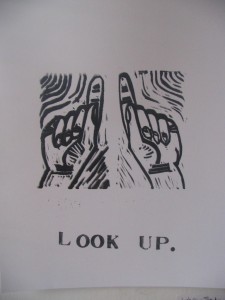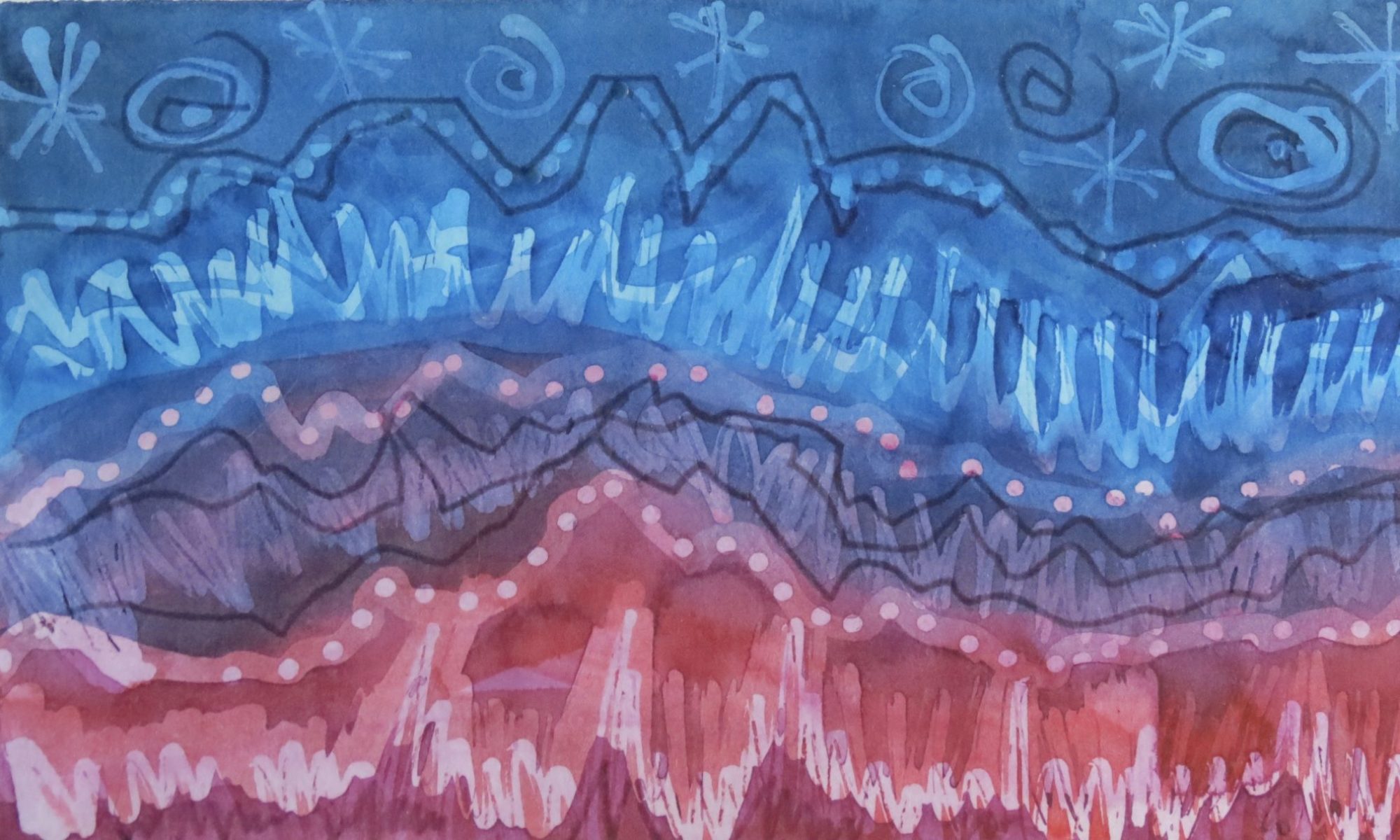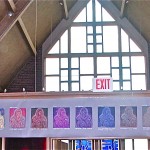 At this time of year every adult is reminded of those Golden Years, with the smell of fall and the start of a new school year. The excitement of learning is in the air and meeting new people, new classes and schools is – intoxicating. It is never too late to learn. This desire can be realized in you with courses.
At this time of year every adult is reminded of those Golden Years, with the smell of fall and the start of a new school year. The excitement of learning is in the air and meeting new people, new classes and schools is – intoxicating. It is never too late to learn. This desire can be realized in you with courses.
The community centres, Library, Board of Education and private schools all offer classes at many levels for adults. It doesn’t matter what you have done in the past or how able you were then, to start something new, now.
The Toronto Star did an article a while back about job satisfaction in adults and stated that only 30% of the work force was actually happy or satisfied with their jobs. This dissatisfaction seemed in part due to lack of challenge and lack of growth in their daily job. Many of the satisfied stated that they found satisfaction in work or in other aspects of their life and taking personal interest courses was one of these aspects.
For myself learning and personal growth are always present in my everyday life as a teacher. I reap the rewards of instructing others on a daily basis. I learn from their interest and when I don’t know something, I enjoy research to gain knowledge for myself and my students.
Not all courses are created equal and it is important to really research how much time and money you want to invest in this sideline. Some courses have no requirements and are entry level classes. Some require home work or readings to be done on a weekly basis, some require only the time the course is actually being taught. Some require an outlay of money just for the course, and others require you to buy or bring tools, supplies or manuals. Ask questions if things aren’t clear -this is very important. Any registrar should be knowledgeable about what the course will cover, what you need for it and what the course requirements are. If they don’t know they should be willing to find out for you.
I took an ancient medieval iconography course once , and I asked what will I need, “Just a library card , as some readings are on hold at the library“. In fact I needed to know German since many of the texts on hold were only in German. Suffice it to say I did not get out of this class what I had hoped.
Some good questions to ask are:
How long is the course? Is there homework? Are materials required, what are they, are they included in the fee? If materials or manuals are not included ask for a list and what the cost of those items are. Also ask if they have these items for sale. If they are hard to get- or impractical cost wise then reconsider taking that course. Is HST included in the fee? Is this course part of a larger series, do I have the requirements for this course? What would be a good next step after this course? What is the minimum and maximum class size? What is the refund policy should you decide you don’t like the course?
Like any aspect of learning what you invest in personally whether that be research or time you will gain tenfold the more effort you put into it.
Lauren Renzetti, is Assistant Director of Art Works Art School, Chair of Program Development and also an Instructor. The main reason she became a teacher was her continued love of learning. Art Works has over 22 programs for adults with a wide variety of courses during the day or in the evening.
click here for classes with lauren















